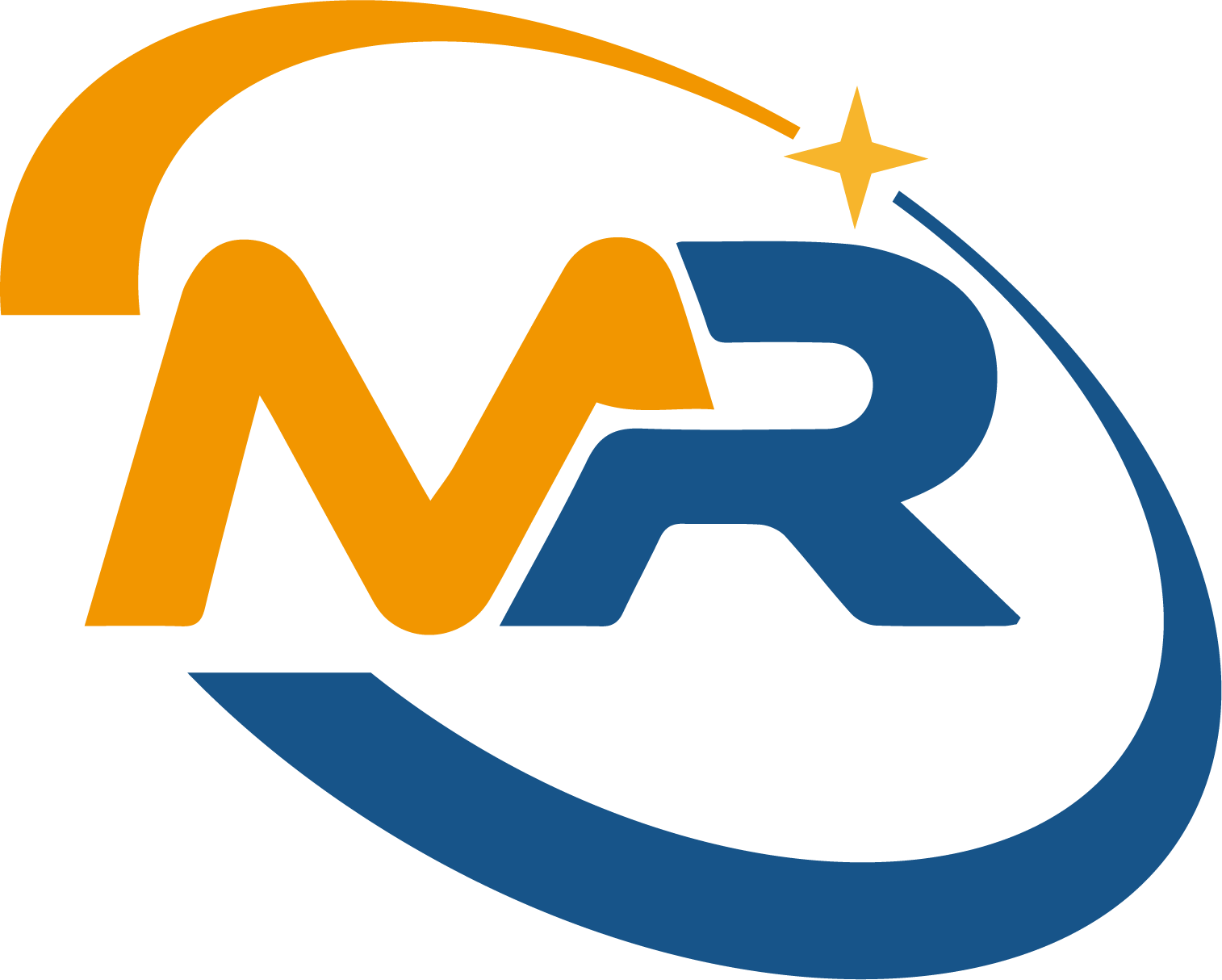BMK methods, typically found in the Netherlands and Belgium
BMK has limited legitimate uses; in Europe it is mostly used to produce amphetamine, and increasingly, for the production of methamphetamine. BMK may be imported to the EU but it is more often produced locally from pre-precursors.
BMK methods typically involve the catalytic reduction (reductive amination) of an intermediate formed between BMK and methylamine. In Europe, there are two main techniques: (1) reductive amination uses the ‘aluminium amalgam method’; (2) the ‘high pressure method’ is the same technique used to produce MDMA in Europe, the only difference being the starting material (the precursor), where BMK yields methamphetamine and PMK (piperonal methyl ketone, also known as methylenedioxyphenyl-2-propanone, ‘MDP-2-P’) yields MDMA.
In 2020, seven EU Member States seized close to 5 600 litres of BMK, most of which (75 %) was reported by the Netherlands (4 200 litres). These are globally relevant amounts, with only Mexico reporting larger seizures in 2020 (11 000 litres seized), according to the INCB (2020).
Importantly, these values need to be considered in the context of the close to 35 tonnes of various pre-precursor chemicals seized in the EU in 2020, which could be used to produce significant additional amounts of BMK, often in dedicated ‘conversion’ laboratories. These pre-precursors include APAAN, glycidic derivatives of BMK, APAA and MAPA, all of which were successively introduced in the market as soon as legal controls were applied to their predecessors (see Figure Quantity of designer precursors for the synthesis of BMK seized in Europe). In 2020, five Member States reported combined pre-precursor seizures of over 1 tonne. These were Belgium (12 tonnes), Germany (almost 8 tonnes), Hungary (7 tonnes), the Netherlands (less than 7 tonnes) and France (1 tonne). Whenever the origin of the seizures was outside the EU (68 % of the quantity seized), the consignments originated in China (including Hong Kong) and were typically misdeclared as chemical industrial products or other commercial goods.
In Europe, the rapid replacement of pre-precursors has been particularly evident since 2011, when information exchange between international authorities was enhanced, leading to more effective precursor diversion control worldwide (EMCDDA, 2019a). To avoid disruptions to the steady supply of precursors for illicit laboratories, producers quickly changed from the scheduled precursor BMK to APAAN, which then became one of the most seized pre-precursors from 2012 to 2014. The scheduling of APAAN in 2014 led to the appearance of glycidic derivatives of BMK, quickly followed by APAA which took the lead in seizures from 2016 to 2018. APAA was scheduled in 2019, leading to the emergence and prevalence of MAPA in seizures during 2019 and 2020. MAPA was then scheduled in late 2020, and in that same year, EAPA (the ethyl analogue of MAPA) was seized for the first time in Europe. These data illustrate the ingenuity and adaptability of synthetic drug producers: the declining seizures of one pre-precursor are accompanied by the concomitant rise of another (see Figure Quantity of designer precursors for the synthesis of BMK seized in Europe).
Post time: Nov-14-2022
